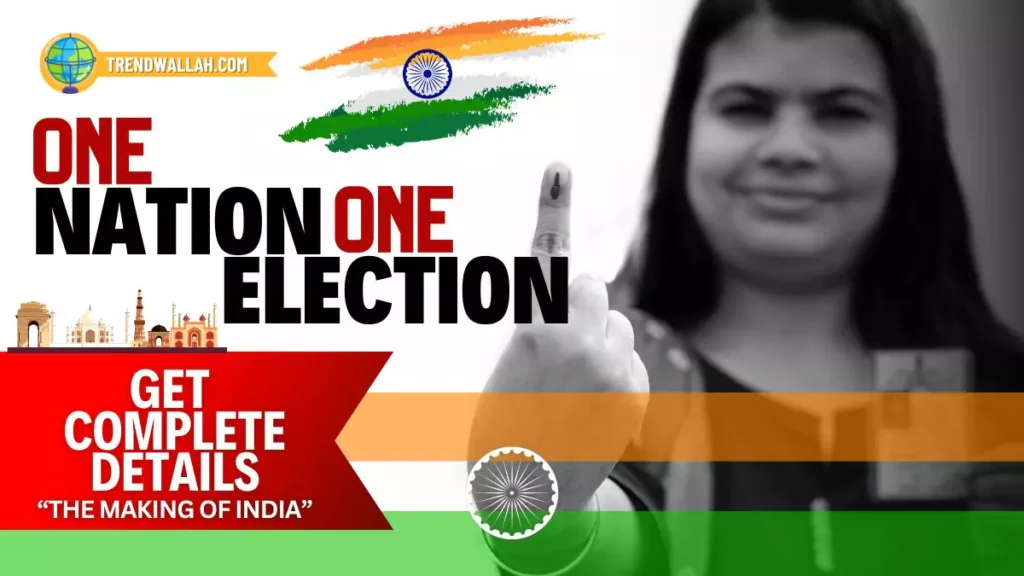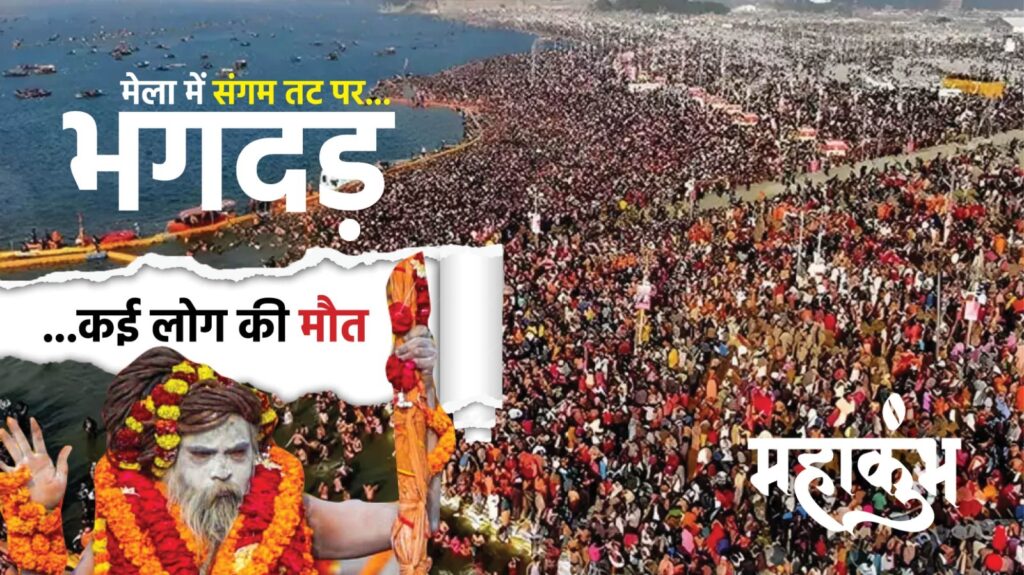
“One Nation, One Election” means that elections for the Lok Sabha and all the state assemblies should be held simultaneously across the country. This will eliminate the need to hold elections every year or at different times. The idea was first introduced by the Law Commission in 1999. Later, it was discussed again in 2014 and 2019.
Objective of this idea
- Cutting down election expenses: Conducting separate elections leads to a huge waste of money and time. Reducing this is the main objective of this scheme.
- Stability in governance: Frequent elections hinder policy making and implementation. Holding simultaneous elections will bring stability.
- Reducing administrative hurdles: Administrative work comes to a halt due to implementation of code of conduct during elections. This issue can be resolved.
One Nation, One Election Benefits
- Savings in expenses: Thousands of crores of rupees are spent on every election in India. If all elections are held simultaneously, this expenditure can be reduced to a great extent.
- Increasing public participation: Frequent elections reduce people’s enthusiasm. Holding simultaneous elections will motivate people more to vote.
- Ending the problem of code of conduct: Development work comes to a halt due to frequent implementation of code of conduct. This problem will also be solved.
- Political stability: Governments are unable to work for a long time due to continuous election environment. Stability will be maintained with simultaneous elections.
Challenges faced by it
- Need for constitutional amendment: Articles 83, 85, 172, 174 and 356 of the Constitution will have to be amended. This process is not easy.
- Consent of all states: In a diverse country like India, getting the consent of all states and political parties is challenging.
- Practical and technical problems: Conducting simultaneous elections across the country will require huge resources, EVMs, and election personnel.
- Sudden government collapse: If a state government or the central government has to be dissolved midway, it may raise questions on this model.
Current situation
Recently, the central government has constituted a committee headed by former President Ram Nath Kovind to consider “One Nation, One Election”. This committee is studying the feasibility of this model, its advantages and disadvantages.
One Nation One Election- Historical background
Initially, elections to the Lok Sabha and state assemblies were held simultaneously in India. This system was in force in 1952, 1957, 1962 and 1967. However, in 1968-69, the governments of several states were dissolved, breaking the process and, as a result, elections began to be held at various dates around the country.
Is this idea important for you?
If you are preparing for government exams or are interested in the politics of the country, then “One Nation, One Election” is an important topic for you. Questions related to this can be asked in the exam. Apart from this, it is important to understand how this idea can affect every citizen of the country.
Do you know?
- The idea was first mooted by Prime Minister Narendra Modi in 2016.
- The Election Commission has also given its consent to implement it, provided all parties and governments agree.
Sum-Up the News
The idea of ”One Nation, One Election” is definitely a big and bold step. It will not only save time and money, but will also simplify administrative processes. However, it is extremely important to resolve constitutional and technical challenges before implementing it. It will be interesting to see how this idea takes shape in the future.
Also Read
| Sarkari Exam News – Latest Update on Competitive Exams | Free Previous Year Question Papers | Static GK For Competitive Exams |
FAQs about One Nation One Election
“One Nation, One Election” means holding simultaneous elections to Lok Sabha and state assemblies across the country. This will save time, money and administrative procedures.
It aims to reduce election expenditure, bring stability in governance, and eliminate the problem of frequent imposition of code of conduct.
1999
The main challenge is to amend the Constitution and get the consent of all states and political parties.
Yes, simultaneous elections to Lok Sabha and state assemblies were held in 1952, 1957, 1962 and 1967.
The central government has formed a committee under the chairmanship of former President Ram Nath Kovind, which is considering this.
The general public will get relief from the hassle of frequent elections, and development work will be completed without any hindrance
